Darren @1318980 ,
Many thanks for creating a starting point mesh with what, I assume, are acceptable current practices.
I have gone over your mesh, and I see that you split the top and bottom geometry surfaces near the leading edge so that you could mesh using level 8 only near the leading edge to reduce cell count and to try to ‘fix’ an algorithm shortcomming . Your mesh has about 683k faces. If I simply remesh Mesh 5 with the Surface refinement max level set to 8, I get an 850k mesh. so you are saving faces, but mine puts more refinement in the TrailingEdge and my Leading edge looks like yours. You have this in your trailing edge, my 850k mesh does not, I am not sure why.:
Another problem we both have is the trailing edge at the wing tip, this is really weird:
The thing is, if the algorithms that are suppose to be keeping Surface Edge definitions intact in the generated meshes, actually did just that, both of the above ‘messy’ areas would not exist. And, even in the level 8 leading edge meshes, the surfaces DO NOT follow the defined edges in the geometry as in this picture near the tip in your mesh (still not the straight lines of the geometry in that highlighted surface):
We would not need to go to level 8 and higher meshes if the algorithms just followed the edges we want them to (we could save lots of core time  ) .
) .
Also, I am not a fan of adding any more surface edges in CAD models than absolutely necessary, especially to overcome a shortcoming in a meshing algorithm. I almost cried when I had to split the wing surface at the leading edge to try to get the leading edge absolutely defined in the mesh by using the existing refinement algorithms that are suppose to keep edges defined…
I have been making CAD models for complex 3D printing for quite some time now and to me it is always better to design parts with fewer control points, surfaces and edges, lower degree surfaces, and fewer surface isocurves. In my experience this results in the smoothest meshing for printing.
In any case even at level 8 on the leading edge, the surface edges are still not defined precisely and I am blaming it on the algorithm not doing what I think it should do and I believe that there is no reason for it NOT to do what is expected of it. Sorry for tone, just getting a little frustrated 
I will soldier on…
P.S. I am allowed to use up to 96 cores at a time, is there any reason not to do that?
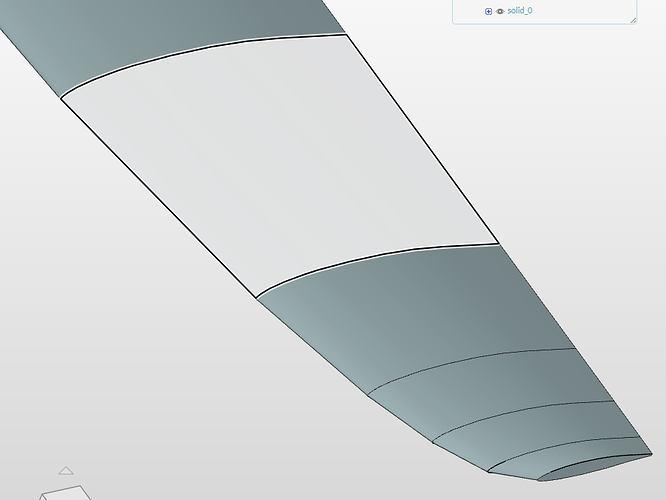
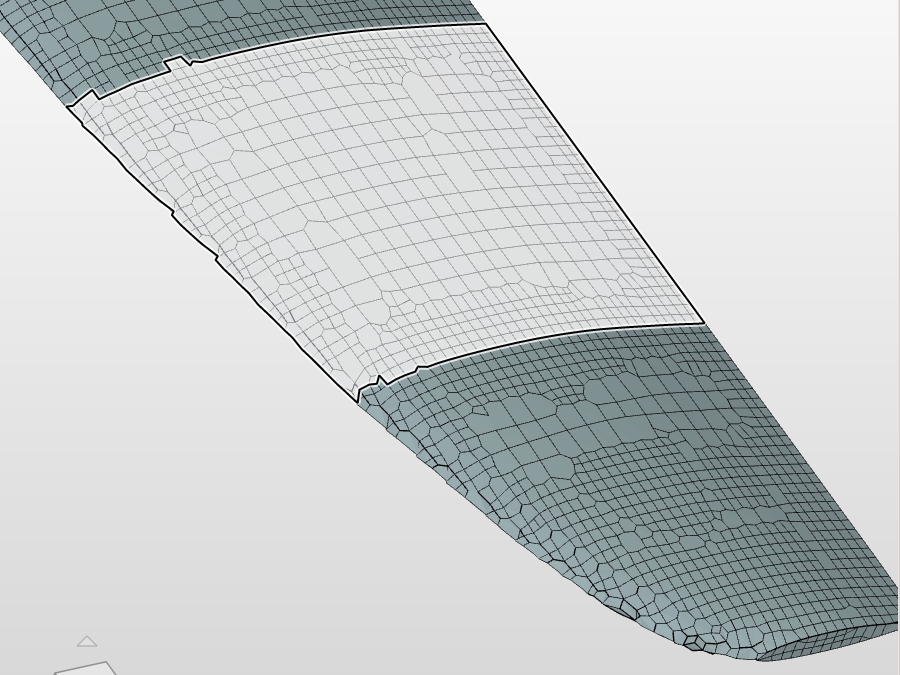
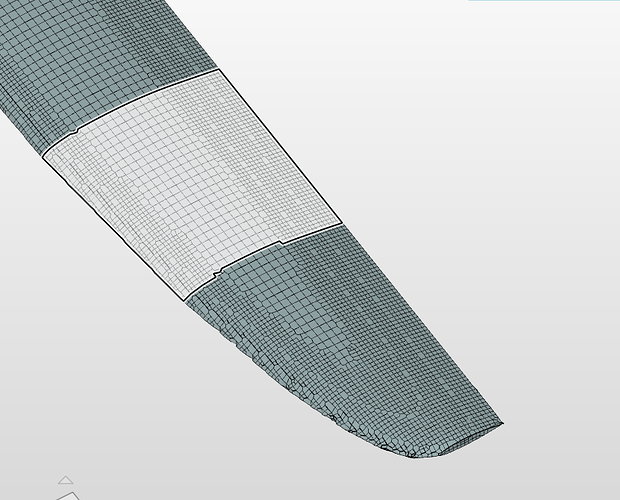
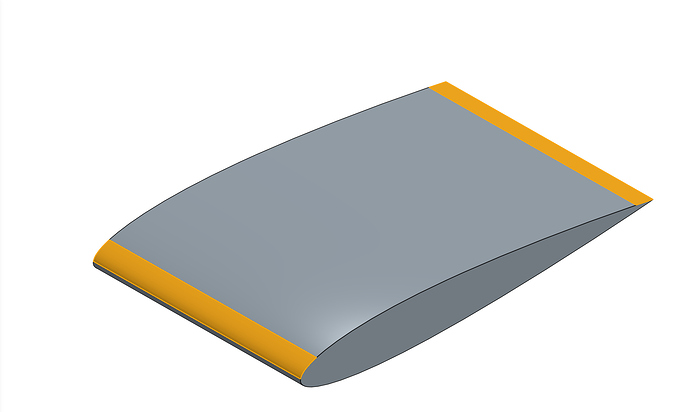
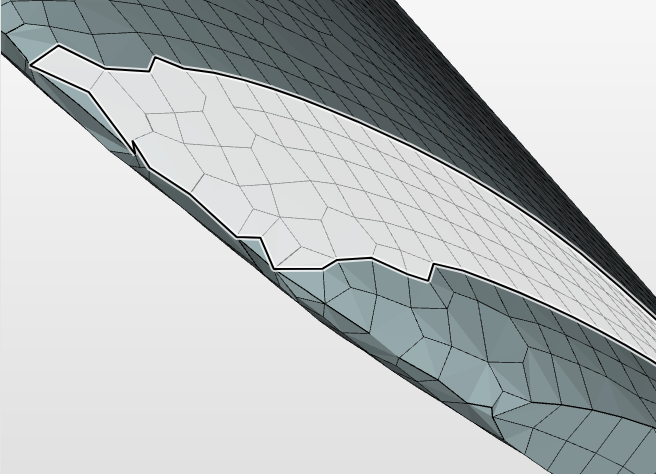

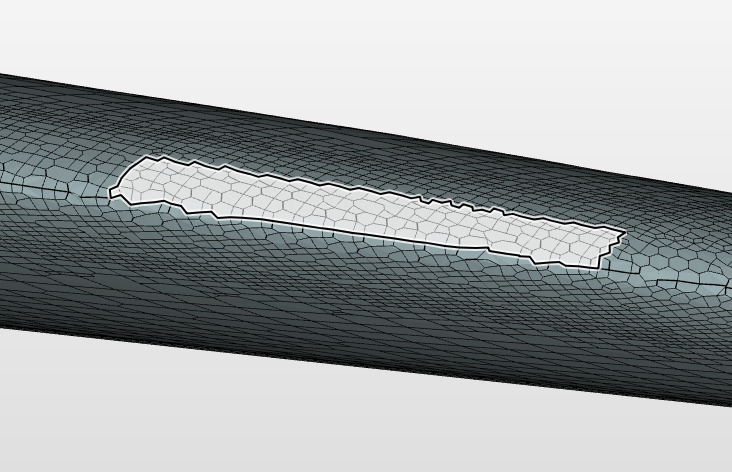
 ) .
) .

